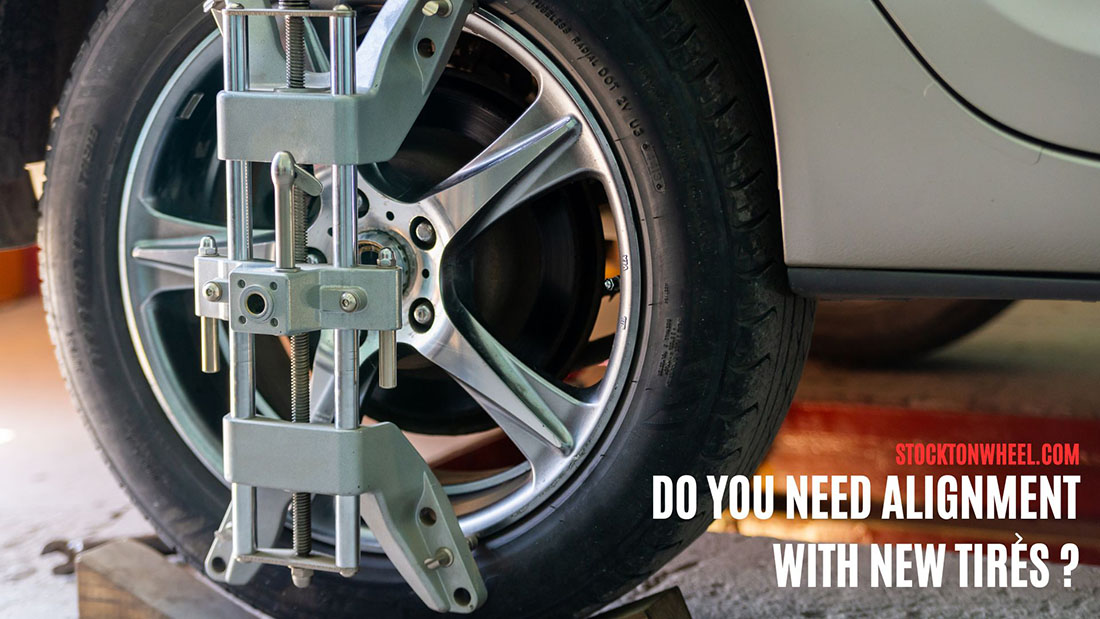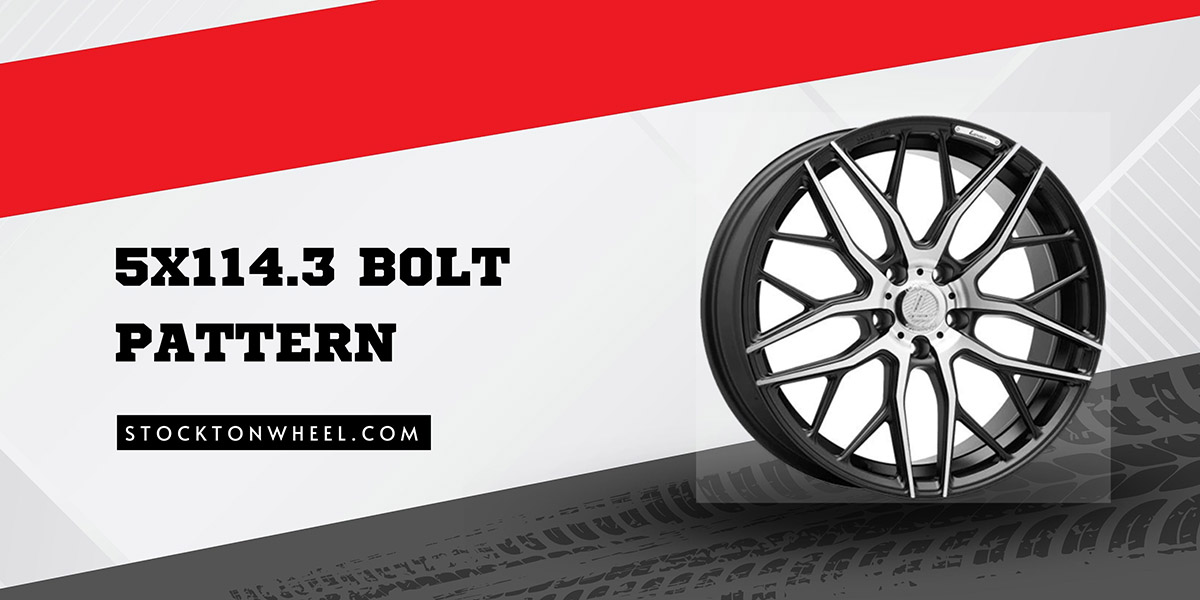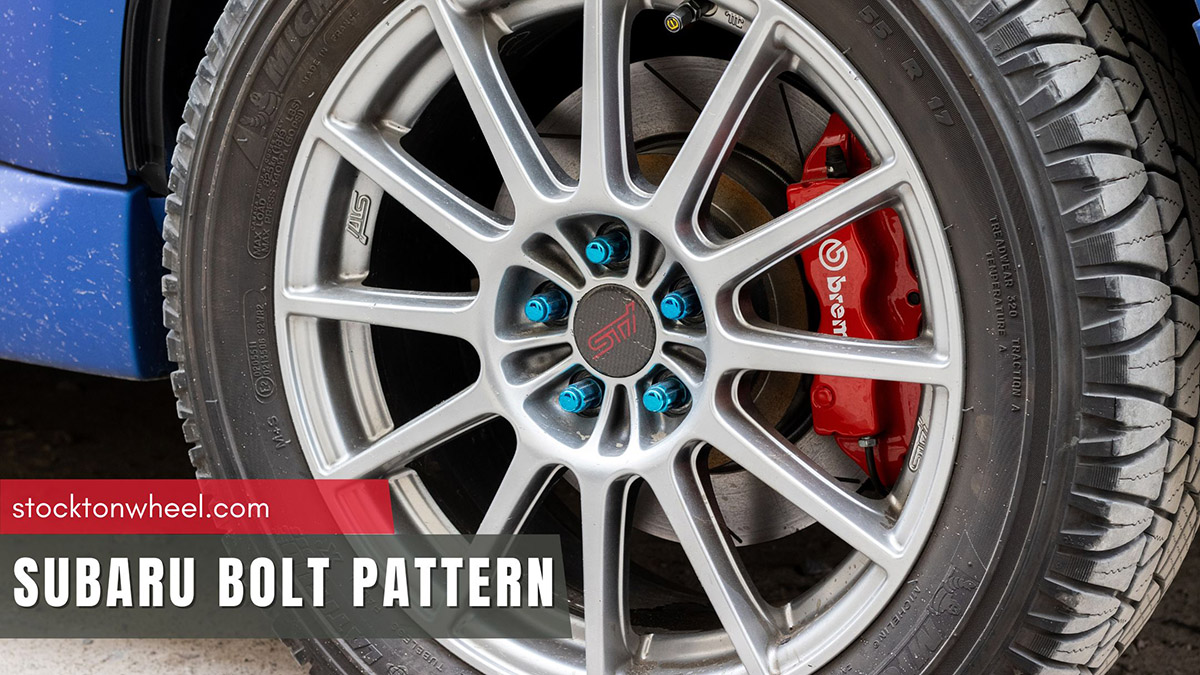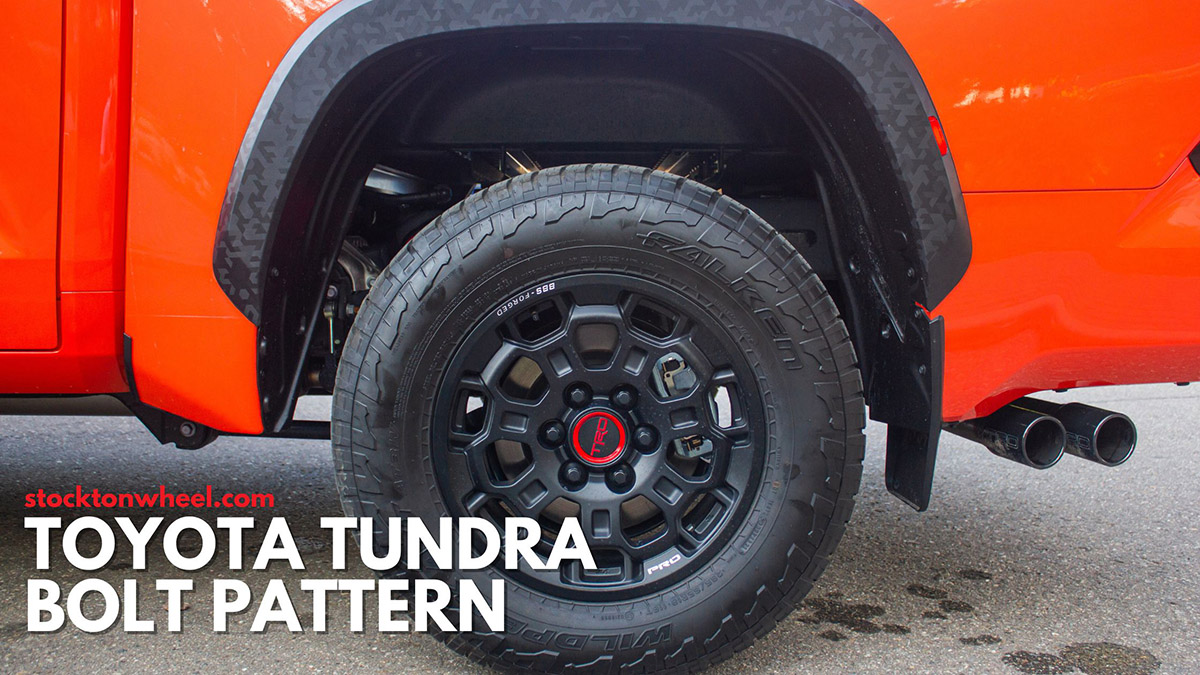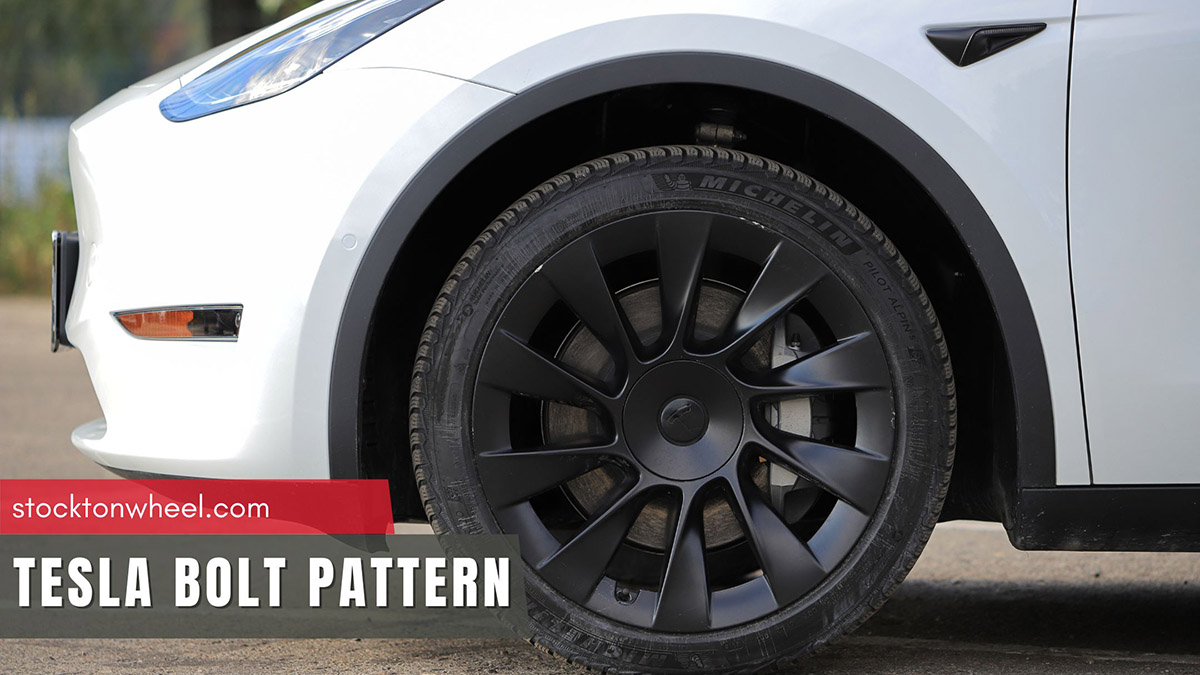When it comes to fitting your modern vehicle with a fresh set of new tires, one question often arises: Do you need alignment with new tires? Let’s dive into this common query and explore whether aligning your wheels after getting new tires is a necessity or just a precautionary measure.
In this article:
Should I Do Alignment Before Or After New Tires?
It is recommended to prioritize a wheel alignment after fitting new tires. This approach ensures your vehicle’s wheels are set to the manufacturer’s specifications, evening out tire wear and optimizing tire performance and longevity. You might not need to get this done before installing new wheels.
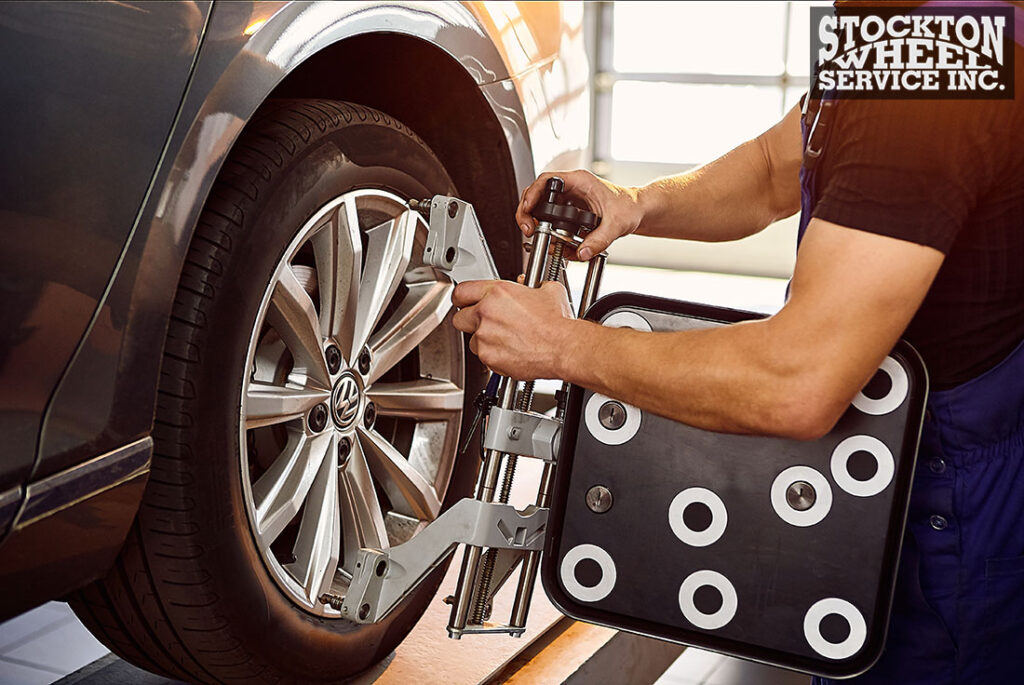
New tires are more likely to wear evenly and last longer when mounted on properly aligned wheels. Moreover, when you invest in a fresh set of tires, you want to make sure you’re getting the most out of your purchase, and proper alignment is key to achieving that goal.
Benefits Of Getting Regular Wheel Alignment
Routine wheel alignments offer a range of benefits that can significantly enhance your vehicle’s performance, safety, and longevity.
- Improved Tire Lifespan: Proper wheel alignment ensures normal wear, preventing premature wear on one side and ultimately saving you money on frequent replacements.
- Enhanced Safety: Proper tire alignment contributes to better vehicle stability and control. It reduces the risk of your car pulling to one side, which can be especially crucial in emergencies or adverse road conditions.
- Fuel Efficiency: A well-aligned vehicle experiences less rolling resistance, which can lead to improved fuel economy. This means you’ll spend less on gas over time, making routine alignment checks a cost-effective choice.
- Prevent Costly Repairs: Poor alignment is the recipe for uneven tire wear and puts additional stress on suspension components. Routine alignments help prevent these issues, saving you from expensive repairs down the road.
Should I Align 4 Wheels At Once?
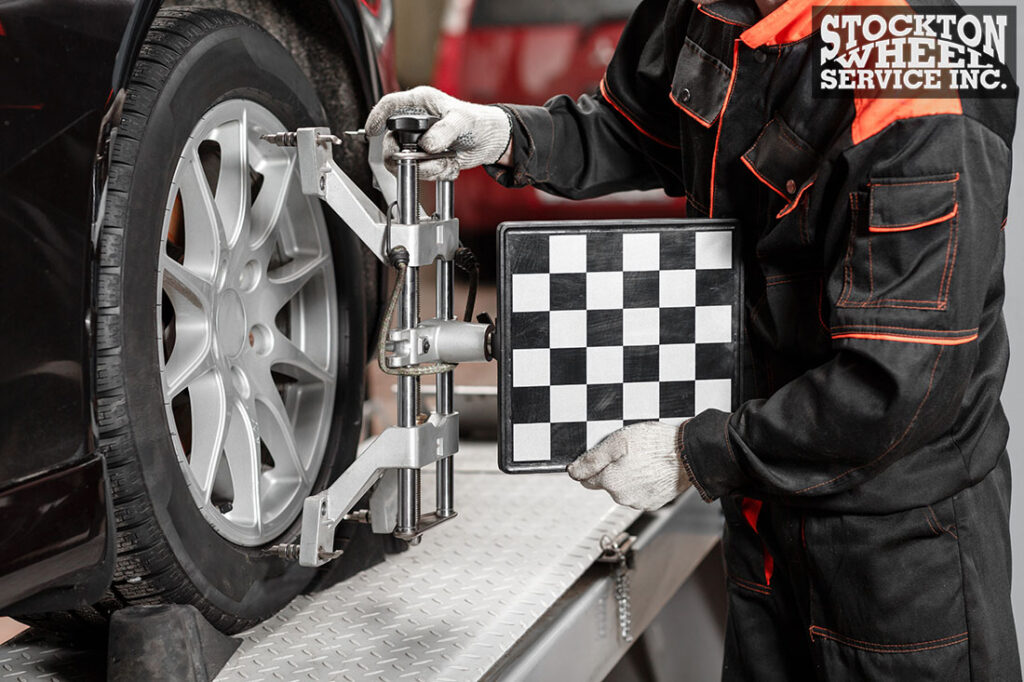
Aligning all four wheels simultaneously, commonly referred to as a “4-wheel alignment” or “all-wheel alignment,” is generally the preferred approach when it comes to track alignment. This method makes sure that all four wheels can function as they should, optimizing vehicle performance and safety.
When you align all four wheels together, it ensures that they are parallel to each other and perpendicular to the ground, promoting even tire wear and better handling.
While it may be tempting to align only the front or rear wheels to save on costs, excessive tire wear, decreased fuel efficiency, and compromised handling are what to expect.
That being said, this rule does not apply to all car models, as some call for a two-wheel alignment. Large trucks and vintage vehicles with fixed rear axles that are not modified like other wheels may fall into this category. Also, if you are on a budget, 2-wheel alignment can be a temporary measure.
How Do You Know You Have Misalignment?
Identifying misalignment in your vehicle is essential for maintaining safe and efficient operation. Here are some common signs that indicate you may have a bad alignment issue.
- Uneven tire wear: If you observe that one or more tires are wearing down more rapidly on one side than the other, it’s a strong indicator of crappy alignment.
- Off-centered steering wheel: A steering wheel that isn’t centered when driving straight suggests potential alignment issues. When you release the steering wheel on a straight road, it should return to the center position.
- Vehicle pulling: If your car constantly pulls or drifts during straight-line driving, misalignment is a likely culprit.
- Vibrations: Unusual vibrations in the steering wheel or the car’s body, especially at higher speeds, can be indicative of misalignment.
- Squealing tires: Misalignment can lead to tires squealing during turns, which is another sign to watch for, especially when making sharp maneuvers.
- Steering wheel doesn’t return: After making a turn, if your steering wheel doesn’t return to its center position on its own, alignment issues could be to blame.
- Reduced fuel efficiency: Misalignment can decrease your vehicle’s fuel efficiency, so keep an eye on your gas mileage for any noticeable drops.
- Handling problems: Difficulty in handling, especially around corners or curves, can be a result of misaligned wheels.
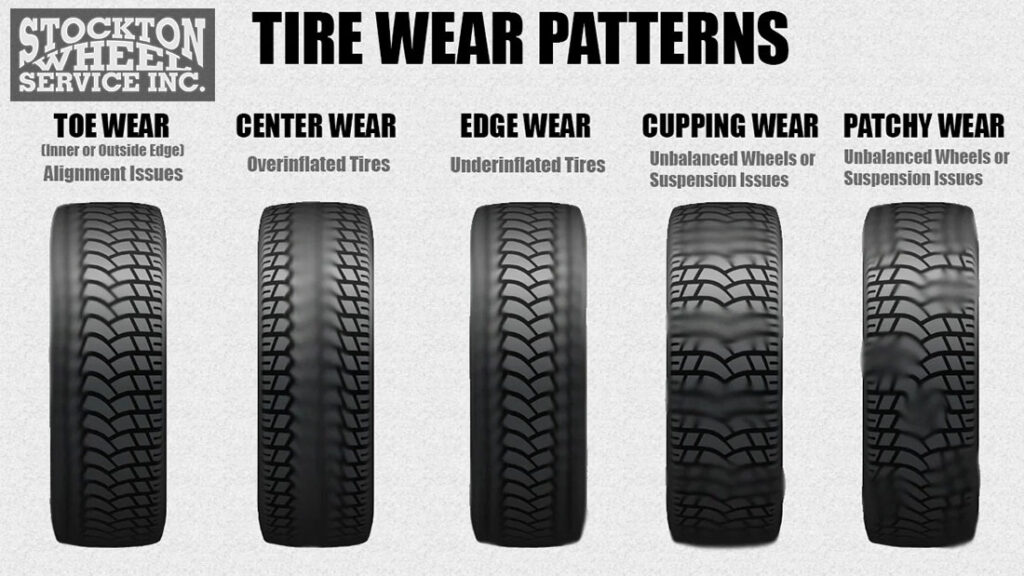
Can I Get An Alignment With Bad Tires?
Getting a wheel alignment with bad or severely worn-out tires is generally not recommended. The reason behind this advice lies in the alignment process itself.
Wheel alignment involves adjusting the angles of your vehicle’s wheels to ensure they are in line with the manufacturer’s specifications. This adjustment is primarily aimed at optimizing tire performance and wear. When your tires are already in poor condition, they may not provide a stable and consistent contact patch with the city road, which can affect the accuracy of the alignment process.
In such cases, it’s more advisable to replace your worn-out tires before getting an alignment. This guarantees that the alignment technician can precisely adjust your vehicle’s suspension components to accommodate the new, properly functioning tires. Aligning bad tires may temporarily correct the alignment angles, but the worn-out tires will continue to wear unevenly, diminishing their remaining lifespan.
Frequently Asked Questions
How Soon Should I Get An Alignment After New Tires?
It’s a good practice to get a wheel alignment right after installing new tires. This ensures your freshly mounted tires start their lifespan with proper alignment, maximizing their longevity and ensuring optimal vehicle handling and safety. Also, it is a proactive approach that can prevent premature or irregular tire wear and the need for costly replacements down the road.
What Happens If You Never Get An Alignment?
If you never get a wheel alignment, your vehicle’s wheels can gradually fall out of their optimal alignment settings. Several issues might follow, including uneven wear, reduced fuel efficiency, compromised handling and stability, increased risk of accidents due to off-balance steering control, and accelerated wear on suspension components.
How Long Can An Alignment Last?
A well-done alignment can last anywhere from 6,000 to 12,000 miles or longer under normal driving conditions. Still, it depends on various factors, including driving habits, road conditions, and the quality of the alignment job. It’s advisable to have your alignment checked at least once a year to prevent premature and excessive wear.
The Bottom Line
While an alignment with 4 new tires might seem like an additional expense, this is a prudent investment in the long-term health of your vehicle. It ensures your tires wear evenly, enhances safety, improves fuel efficiency, and, ultimately, helps you get the most out of your new tires.
See more:

